Inventory management system is an automation software to track the Business inventory recording, ordering, purchasing etc. Get This inventory Software with inventory control system with very reasonable Price.
Request a Demo
dotbook ERP control weight scale to prevent less and high weight. There is no input fill. So your stuff will not enter extra value.
Manufacturers management involves overseeing and coordinating all aspects of production within a manufacturing company.
A warehouse management system (WMS) is a software application that helps manage and control warehouse operations.
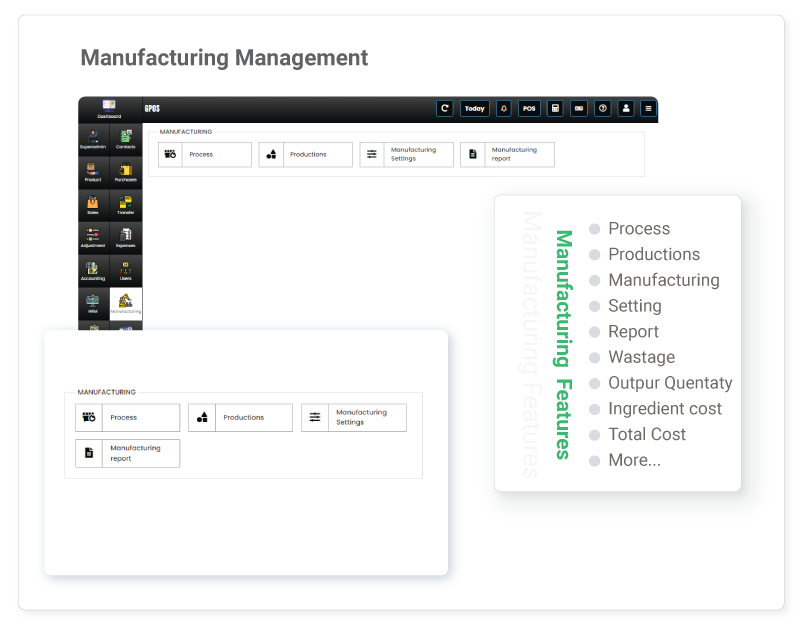
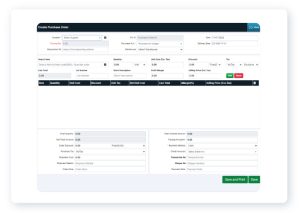
Manufacturers management involves overseeing and coordinating all aspects of production within a manufacturing company. This includes managing resources such as materials, equipment, and personnel to ensure efficient and cost-effective production processes.
Manufacturers managers are responsible for setting production goals, developing strategies to meet those goals, monitoring production performance, and implementing improvements to enhance productivity, quality, and safety. They also play a key role in supply chain management, inventory control, and meeting customer demand.
Additionally, manufacturers managers may be involved in product development, research, and innovation to stay competitive in the market. Overall, effective manufacturers management is essential for the success and growth of manufacturing businesses.
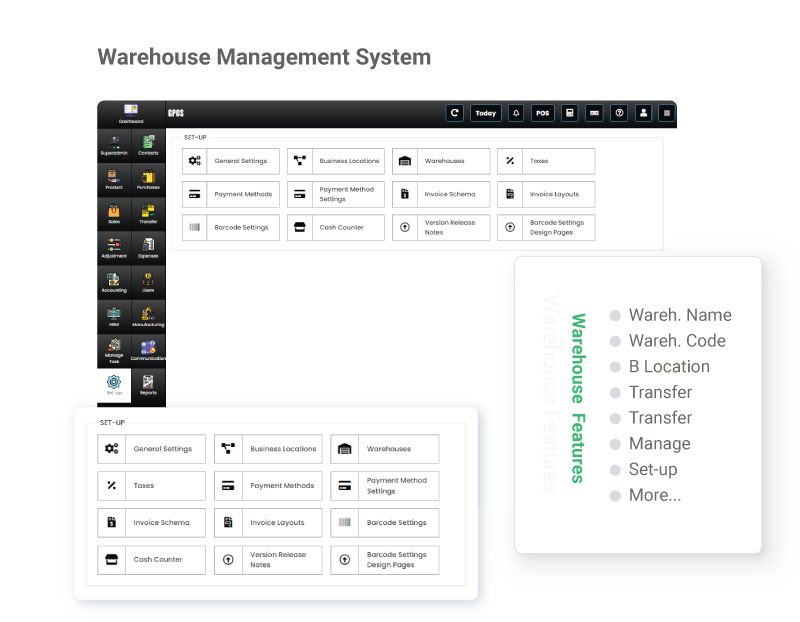

A warehouse management system (WMS) is a software application that helps manage and control warehouse operations. It provides real-time visibility into inventory levels, locations, and movement within the warehouse.
WMS typically includes functionalities such as inventory tracking, receiving, put-away, picking, packing, shipping, and cycle counting. By automating these processes, WMS optimizes warehouse efficiency, reduces errors, and improves inventory accuracy.
It may also integrate with other systems such as enterprise resource planning (ERP) software, transportation management systems (TMS), and barcode/RFID scanning devices to streamline operations across the supply chain. Overall, a WMS plays a crucial role in enhancing productivity, reducing costs, and improving customer satisfaction in warehouse operations.
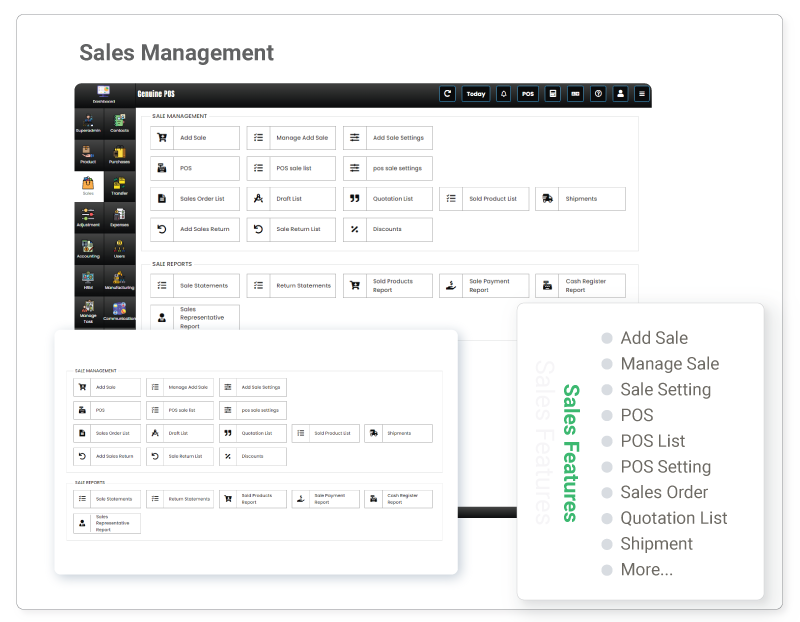

Project management is the process of planning, organizing, and managing resources to achieve a specific goal. ERP software can be used to help manage projects by providing a centralized repository for project data, such as tasks, milestones, and resources. ERP software can also be used to track project progress, generate reports, and manage communication between project team members.


Retail management involves overseeing the day-to-day operations of retail businesses to ensure smooth and profitable functioning.
This includes managing inventory, sales, staff, customer service, and marketing activities.
Retail managers are responsible for setting sales targets, developing strategies to achieve them, and monitoring performance against goals.
They also handle aspects such as merchandising, store layout, pricing, promotions, and ensuring a positive shopping experience for customers. Additionally, retail managers may be involved in hiring, training, and supervising staff to maintain high standards of service. Overall, effective retail management is essential for maximizing sales, profitability, and customer satisfaction in retail establishments.
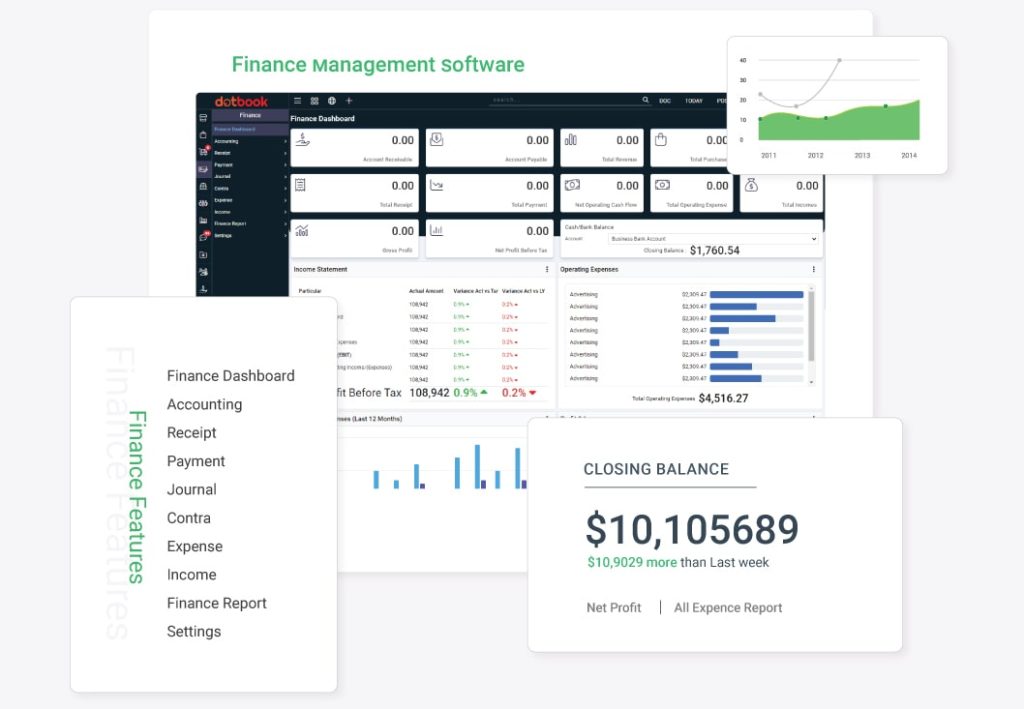

Finance management in dotbook ERP is the process of managing a company’s financial data and processes. It includes activities such as:
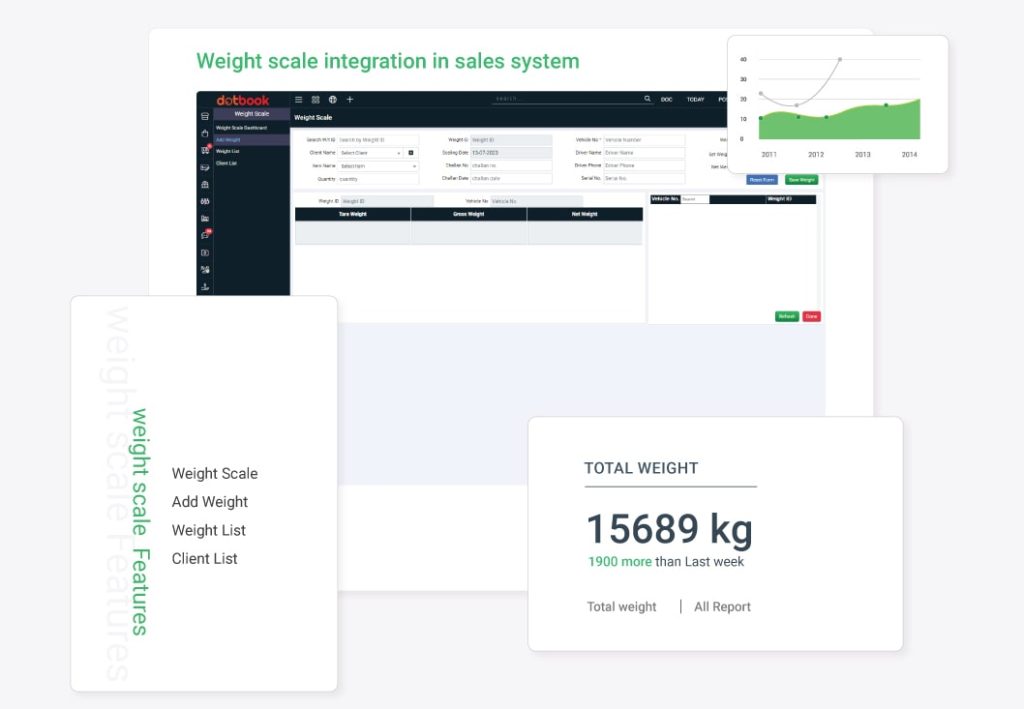
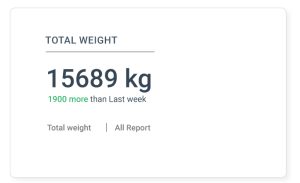
Weight scale in ERP is a digital device that is used to measure the weight of an object. It is typically used in the manufacturing and logistics industries to track the weight of products and materials
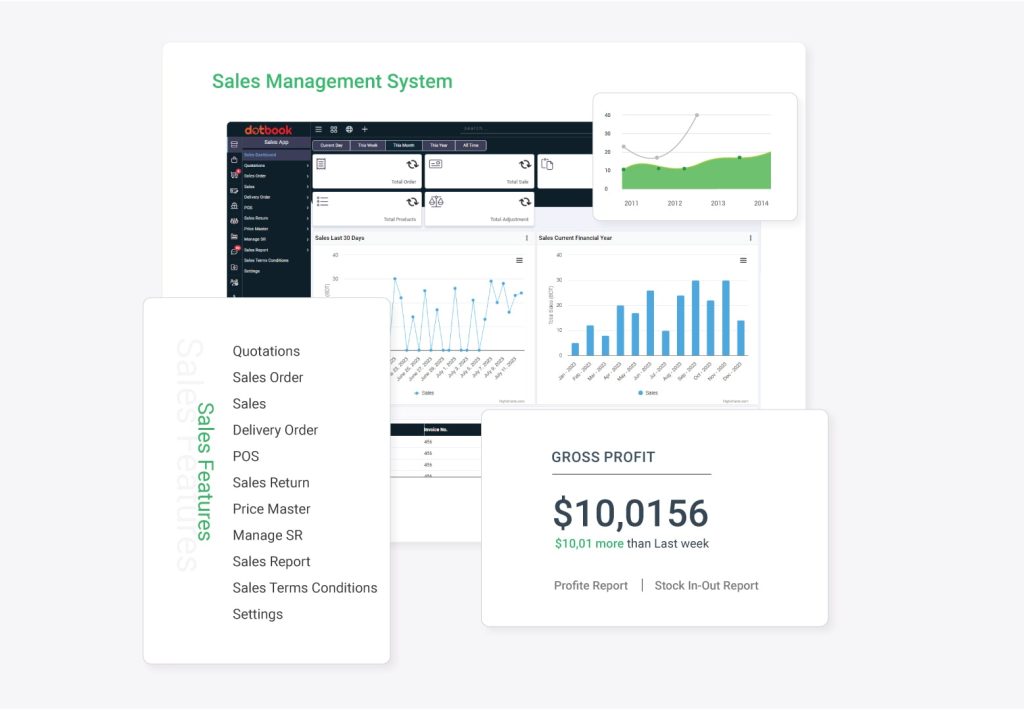
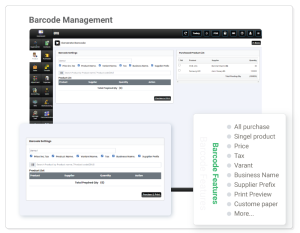
E-commerce, short for electronic commerce, refers to the buying and selling of goods and services over the internet. It encompasses a wide range of transactions, from online retail stores to business-to-business trading platforms.
E-commerce allows businesses and consumers to conduct transactions electronically, without the need for physical interaction.
It offers convenience, accessibility, and a global reach, enabling businesses to reach customers worldwide and operate 24/7. E-commerce platforms typically include features such as online storefronts, payment gateways, shopping carts, and inventory management systems.
With the growing prevalence of mobile devices and internet connectivity, e-commerce continues to reshape the way businesses operate and how consumers shop.
“Outstanding service! Our website surpassed expectations. The team was responsive, creative, and delivered on time. Highly recommend their expertise for any web development needs. A true pleasure to work with.”
Founder & CEO

“Exceptional work! The website exceeded our expectations. The team was professional, efficient, and understood our vision perfectly. Highly recommend their services for top-notch website development.”
Founder & CEO

“Absolutely thrilled with the website! It’s exactly what we envisioned and more. The team was fantastic to work with, delivering exceptional results promptly. Highly recommend their expertise for any website project.”
Founder & CEO

“Fantastic job! The website looks amazing and functions perfectly. Great communication and professionalism throughout the project. Highly recommended for website development.”
Founder & CEO

“Incredible work! Our website is stunning and user-friendly. The team was highly professional, responsive, and exceeded our expectations. Highly recommend for website development services.”
Founder & CEO

Grow sales and stay ahead in the competitive market by being among the first to benefit from our game-changing solutions.
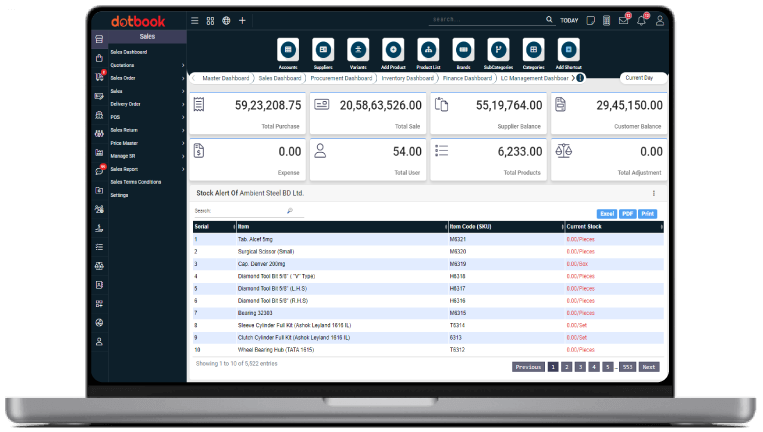

Inventory management is the process of overseeing and controlling the flow of goods and materials into and out of a business's inventory. It involves maintaining optimal levels of inventory to meet customer demand while minimizing costs associated with holding excess stock.
Inventory can be classified into several types, including: Raw materials: Materials used in the production process Work-in-progress (WIP): Partially completed goods in the production process Finished goods: Completed products ready for sale Maintenance, repair, and operations (MRO) inventory: Supplies and equipment used to support operations Goods in transit: Inventory being transported from suppliers to the warehouse or from the warehouse to customers
Effective inventory management offers several benefits, including: Improved customer satisfaction through faster order fulfillment Reduced holding costs associated with excess inventory Optimized cash flow by minimizing tied-up capitalBetter inventory visibility and control Reduced risk of stockouts and lost sales. An inventory management software works like Best accounting software
Best practices for inventory management include: Implementing an inventory management system Conducting regular inventory audits Utilizing demand forecasting techniques Establishing safety stock levels Adopting a just-in-time (JIT) inventory management approach Analyzing and optimizing supplier relationships
Technology can significantly improve inventory management processes by providing tools for: Real-time inventory tracking and visibility Automated reorder point calculations Integration with other business systems such as sales and procurement Barcode scanning and RFID technology for accurate inventory tracking Data analytics for demand forecasting and inventory optimization
Effective inventory management is crucial for businesses to ensure they have the right amount of stock on hand to fulfill customer orders promptly while avoiding stockouts or excess inventory. It also helps optimize cash flow by minimizing tied-up capital in excess inventory and reduces the risk of obsolete or expired stock.
Common challenges in inventory management include: Stockouts or excess inventory Inaccurate demand forecasting Poor inventory visibility and control Seasonal demand fluctuations Inventory shrinkage due to theft, damage, or obsolescence
Key performance indicators (KPIs) commonly used in inventory management include: Inventory turnover ratio Days sales of inventory (DSI) Stockout rate Fill rate Cycle time Gross margin return on inventory investment (GMROII)
ABC analysis is a technique used to classify inventory items into categories based on their importance. Items are typically classified as A, B, or C items, with A items representing the most valuable and high-priority items, B items representing moderately important items, and C items representing low-value and low-priority items.
Poor inventory management can lead to several negative consequences, including: Stockouts and lost sales Excess inventory and holding costs Inefficient use of working capital Reduced profitability due to markdowns or obsolescence Damage to brand reputation due to late or incomplete order fulfillment




